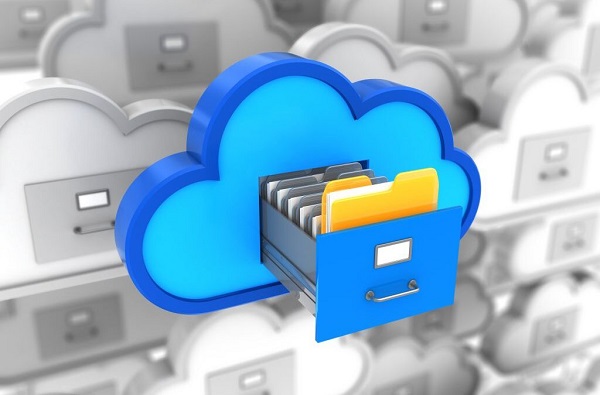5 Effective Data Backup Options That Prevent Data Loss
Most people have parts of their lives stored in a digital format. This may be their work, important personal information, and even memories they would not like to lose. Losing this type of data can be devastating because you know the chances of recovering it can be very slim. Having a backup plan is something everyone who has important data they cannot afford to lose should do. There are numerous ways to store and back up your data, some of which work much better than others. This article will discuss the best options that are also affordable for most people.
Table of Contents
Understanding the 3-2-1 Rule
Before we look at these options, we need to understand the 3-2-1 rule that is recommended by many data specialists. The rule mandates that you store three copies of your data using two different types of storage and keep at least one of these copies offsite. There are other strategies you can follow, but they all entail choosing the right backup options.
External Hard Drives
Storing your data on hard drives is a cost-effective option that does not require too much technical knowledge. The two main types of hard drives you can buy are hard disk drives and solid-state drives. Because hard disk drives (HDDs) are a legacy technology, they are much cheaper per gigabyte of data stored than their solid-state drive (SSD) counterparts. This means you can get HDDs of a larger capacity for your backup while keeping costs low.
However, SSDs are much faster, so they are suited for those who write a lot of data and large files on their backup drives. Additionally, they are much more portable so you can take them with you if you, for example, would like to take your backup offsite.
The three main ways of backing up your data using external hard drives include:
- Using third-party backup software – This software is typically much faster than the backup options you get on your computer, but you sometimes have to pay for the software
- Using the built-in backup solution – Most computers now come with automatic backup options that only require an external backup source such as a hard drive. These options can work when the computer is idle such as at night and can be set to only backup certain folders and types of data
- Manual copying – This is a time-consuming option that works for those who do not want to install backup software
Network Attached Storage (NAS) Device
This is very similar to using external hard drives, but you use storage servers instead of external drives. A Network Attached Storage (NAS) device is a dedicated server with massive data storage capabilities.
It typically contains at least two drives, and the number of drives goes up from there. It can provide data redundancy, which can be essential if one of your drives fails. It can also be separated from your computer so its data remains intact should something happen to the computer.
A NAS also allows for connection to other devices on the same network for easy file storage and sharing to and from the NAS and between devices. These drives are also always on so their data can be accessed at any time and so backups continue without interruption.
If you go with this option, ensure the NAS you get has encryption and password protection features. This is another layer of security because these devices are connected to your network and can be vulnerable if your network is compromised.
Cloud Storage
Cloud storage is typically used as offsite and secondary storage as it is physically away from your phone or office. While you can use it to store any type of data, many people use cloud storage and backups to store media such as photos, videos and audio files.
To establish a cloud backup, you work with a cloud storage service provider who gives you a certain amount of storage space that you have to pay for monthly or yearly depending on the contract. Most services also offer encryption for an additional layer of security.
The first backup to a cloud service is always the most challenging because you have lots of data to start with. To ensure things go smoothly, you need to make sure you have a fast internet connection. You can find out your internet speeds by using the best internet speed test which will tell you your download and upload speeds, the latter being more important for cloud backup purposes.
Once the data is backed up, you can access it wherever you wish using mobile devices or computers. Cloud storage service providers will also help restore your data in case something happens to your primary data storage option and backup.
Optical Media
Although they have become a lot less popular in recent years, optical media such as CDs and DVDs remain one of the best backup options, mainly because they are a physical medium that you can store away from your home or office.
DVDs are a much better option than CDs because they hold a lot more data. Regardless of the solution you use, you will need the right software and hardware to write data to the optical medium. Their main downside is that they can be damaged or scratched which can destroy the data they hold. However, it is very easy to protect them using various options already available.
If you do not have optical media or the software and hardware to write to it, you can use various services to help back up the data in an optical format. What you do is upload your data to their servers and they write the optical media and store it for you.
USB Flash Drives
These are an inexpensive option for backing up sensitive data, but their downside is that they have limited capacities even though these capacities have increased in recent years. USB flash drives can be used to store the most important documents in an encrypted format instead of whole system backups. You can then stash them away for secure storage due to their small size.
These are the various data backup options you have. We would recommend doing NAS, cloud, and hard drive backups at the very least plus optical media backups that can be stored away from your home or office.
Follow Us On:
